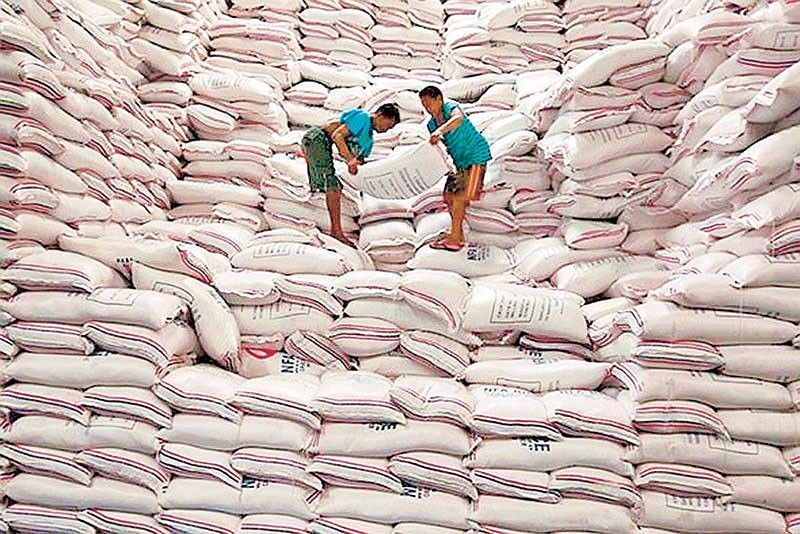Tariff cuts to bring in more rice imports

MANILA, Philippines — The Philippines’ rice imports this year could reach 4.6 million metric tons as a result of the Marcos administration’s decision to slash tariffs on the commodity, according to the United States Department of Agriculture (USDA).
The USDA raised this year’s rice import forecast for the Philippines by 500,000 metric tons from the earlier target of 4.1 million MT after the government reduced tariffs to 15 percent from 35 percent previously.
Next year, the Philippines could be importing even more rice – as much as 4.7 million MT – to meet the country’s growing demand for the staple, according to the USDA’s latest global grain report published yesterday.
If the forecast of the international agency materializes, then the Philippines will be the world’s biggest buyer of rice for three straight years from 2023 to 2025.
Last week, Socioeconomic Planning Secretary Arsenio Balisacan announced that the National Economic and Development Authority board, chaired by President Marcos, approved the country’s most favored nation tariff schedule for 2024 to 2028.
Included in the new tariff schedule was the reduction in rice tariffs. This, Balisacan explained, was meant to slow down the country’s rice inflation as part of the government’s efforts to make the staple affordable to the public.
The lower tariffs could decrease prevailing rice prices by as much as P7 per kilogram, based on the estimates of the Philippine Statistics Authority (PSA).
Former agriculture secretaries, however, said that the reduction in rice tariffs is an “open invitation” for bigger imports annually.
“It is a very clear signal (to the world market) to export (more rice to the Philippines). Good luck with the government’s promise that we will not be flooded with imported rice,” Leonardo Montemayor, who served as agriculture chief from 2001-2002, said.
“I would not be surprised if our imports ( this year ) would be more than 4.2 million metric tons,” he said.
Emmanuel Piñol, who served as agriculture chief from 2016 to 2019, said prevailing rice prices would remain the same despite the tariff reduction.
“Reducing tariff would encourage importers to bring in more rice, which would be sold at the same price, but which would dampen the planting intentions of Filipino rice farmers,” Piñol said in an open letter addressed to Balisacan.
Rice imports have accounted for about 20 percent of the country’s annual rice supply since the government deregulated and liberalized the rice trade regime in 2019.
- Latest
- Trending






























